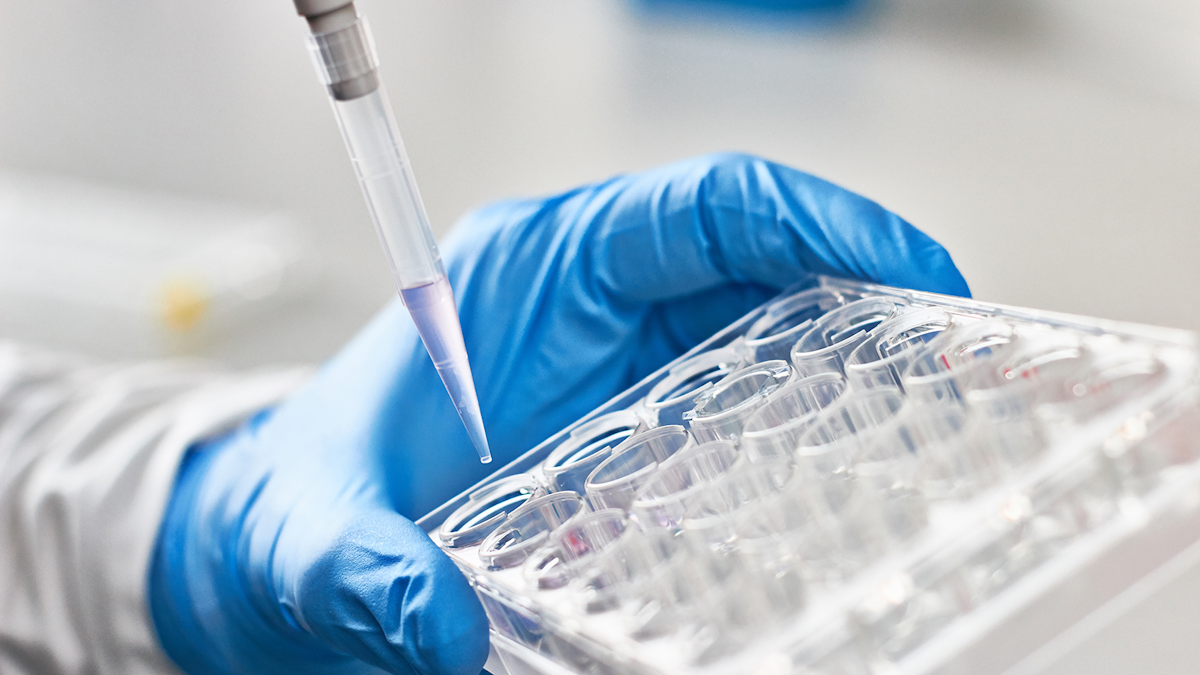Gene Edited Crops and Climate Change
How Gene Editing Tools Like CRISPR Can Help Cut Emissions

-
-
Share
-
Share via Twitter -
Share via Facebook -
Share via Email
-
Earlier this month, the much-anticipated UN Climate Change Conference came to an end. As part of the flurry of activity, the United States and the United Arab Emirates launched the Agriculture Innovation Mission for Climate, one of the first major international initiatives wholly dedicated to cutting back on farming emissions. More than 30 countries joined. Many states also signed on to two other agriculture-related pledges, one to reduce methane emissions 30 percent by 2030 and the other to reverse deforestation.
The Agriculture Innovation Mission for Climate, the methane goal, and the deforestation pledge all indicate that increasingly, states recognize the powerful relationship between farming and climate change. Food systems are responsible for one-third of global greenhouse gas emissions. Nitrous oxide from soil and fertilizers can warm the earth, as can methane from livestock digestion and manure. Deforestation motivated by agricultural expansion releases the carbon dioxide stored by plants and is itself responsible for more than ten percent of all emissions. The connection between farming and climate change runs both ways, and deforestation in particular creates a vicious cycle of warming. Climate change has already reduced the growth of agricultural productivity by 21 percent since 1961, and as time goes by, that penalty will worsen. To compensate, countries could wind up converting more forests into farms, which will then further release greenhouse gases.
In order to make agriculture more environmentally friendly, many states are trying to encourage organic farming. But improving agriculture to address the twin challenges of climate change and deforestation will require every tool available. That means “natural” solutions alone will not be enough.
Read the full piece on Foreign Affairs.


